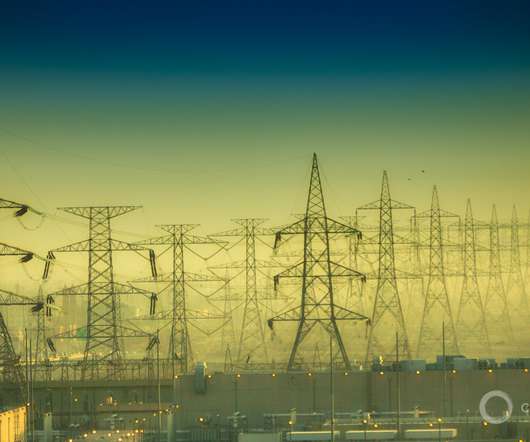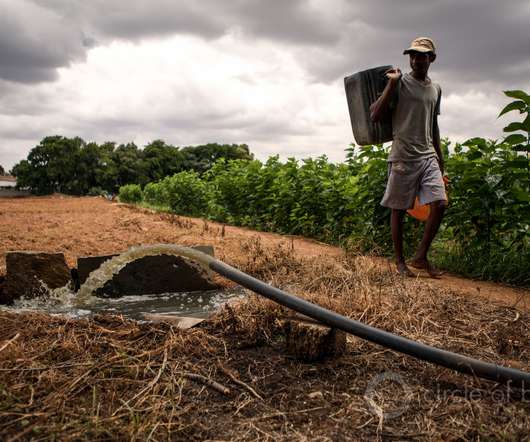U.S. Climate Law: A Broad & Rapidly Growing Field
Legal Planet
APRIL 3, 2023
Standards for carbon and methane emissions from new sources Permitting requirements for carbon emissions from new stationary sources of major sources of existing pollutants. Standards for existing stationary carbon sources (focused on power plants to date). Standards for emissions from new vehicles.






















Let's personalize your content